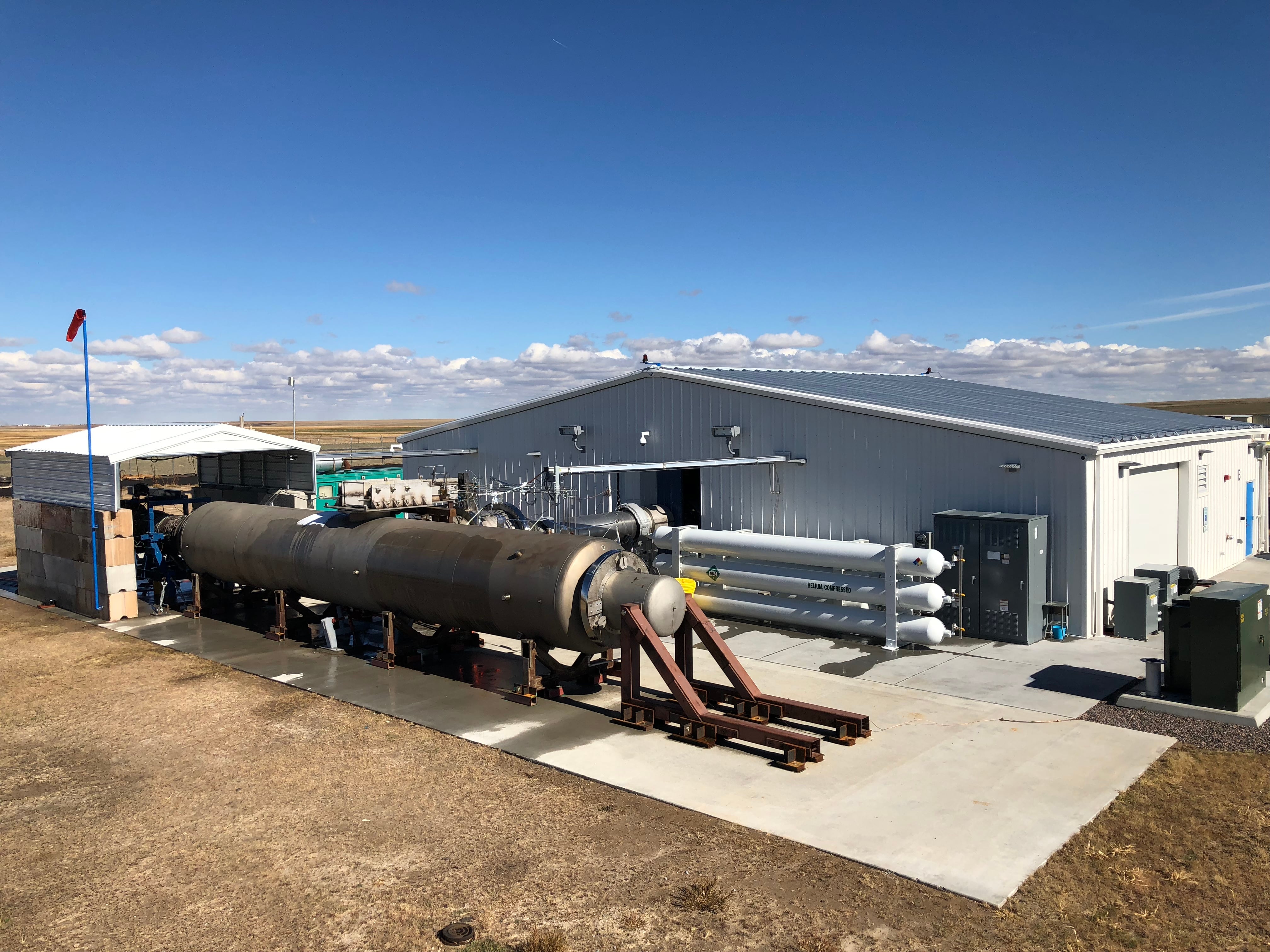LONDON – Rolls-Royce has formed a strategic partnership with British hypersonic-power experts Reaction Engines and is backing that up with a new investment in the company.
The new partnership is aimed at developing high-speed propulsion systems for defense and civil applications as well as exploring Reaction Engines' key thermal management technology as part of Rolls-Royce's own gas turbine engines and hybrid-electric systems.
Rolls-Royce will invest £20 million ($26 million) over the next two years, building on an initial equity investment made in 2018. Other investors like BAE Systems, Boeing Horizon-X and financial institutions could follow suit, said a Reaction Engines spokesman.
The announcement comes as Rolls-Royce steps up its interest in supersonic flight.
Earlier in August, Virgin Galactic revealed a delta-winged Mach 3 sub-orbital vehicle concept powered by Rolls-Royce.
Earlier this year the British engine builder said it was collaborating with the U.S. company Boom Aerospace on propulsion options for a Mach 2.2 airliner called Overture.
“We have been working closely with Reaction Engines for the past two years, including exploring the potential of high-Mach systems for defense applications, and I am delighted that we are able to strengthen that relationship,” said Mark Thompson, director of global strategy and business development at Rolls-Royce.”
“Reaction Engines’ thermal-management skills, added to our suite of existing technologies and capabilities, will further assist us as we explore opportunities in supersonic and hypersonic aviation,” Thompson added.
The two companies have also been involved with BAE and the UK Ministry of Defence in the first phase of a contract related to high-Mach advanced propulsion systems which could eventually find their way on to the British Tempest sixth-generation combat aircraft development.
Aerospace and defense consultant Howard Wheeldon, of Wheeldon Strategic Advisory, said the tie-up demonstrated the determination of both companies to be at the forefront of high-speed engine development going forward.
RELATED

“The future of aerospace development from here on is about creating greater efficiency of operation and sustainability. Speed, including supersonic and hypersonic aviation development, will be an important part of this, and high-Mach advanced propulsion systems combined with the potential to apply some of the developed Reaction Engines technology within existing gas turbine engines together with what this offers for future hybrid-electric systems is of huge importance to a world-leading aerospace company such as Rolls-Royce,” he said.
Reaction Engines CEO Mark Thomas said the partnership will help speed commercialization of the technology.
“This strategic partnership is about developing market-ready applications for Reaction Engines’ technology in next-generation engines and is a significant step forward for our technology commercialization plans,” said Thomas.
Based at Culham, southern England, and with a test site at Denver, Colorado, Reaction Engines has been developing technology to power aircraft and rockets at supersonic and hypersonic speeds of Mach 5 and above – more than twice the speed of the Concorde.
Last October Reaction Engines announced its key lightweight air cooling technology had been tested at its Colorado facility as part of the Defense Advanced Research Projects Agency's HTX project.
At the time Reaction Engines said its heat exchanger had been exposed to hypersonic conditions approaching 1,000 degrees centigrade (1,800 degrees F).
The heat exchanger performed its precooler function by quenching about 1,800-degree Fahrenheit temperatures in less than one-twentieth of a second.
Wheeldon said the Colorado test was a significant step in the development of Reaction Engines' SABRE rocket engine program.
“As an enabling technology for a potentially large range of other precooled propulsion systems that have potential commercial applications, the successful testing last year by Reaction Engines of its precooler heat exchanger at airflow temperatures conditions representing Mach 5 was a significant milestone in the development of its revolutionary SABRE air-breathing rocket engine. The new strategic partnership with Rolls-Royce offers further the commercial opportunities and potential for both companies,” said Wheeldon.
SABRE, which stands for Synergetic Air Breathing Rocket Engine, is a propulsion system being developed to operate in air breathing and rocket modes using the pre-cooler technology.
Andrew Chuter is the United Kingdom correspondent for Defense News.








